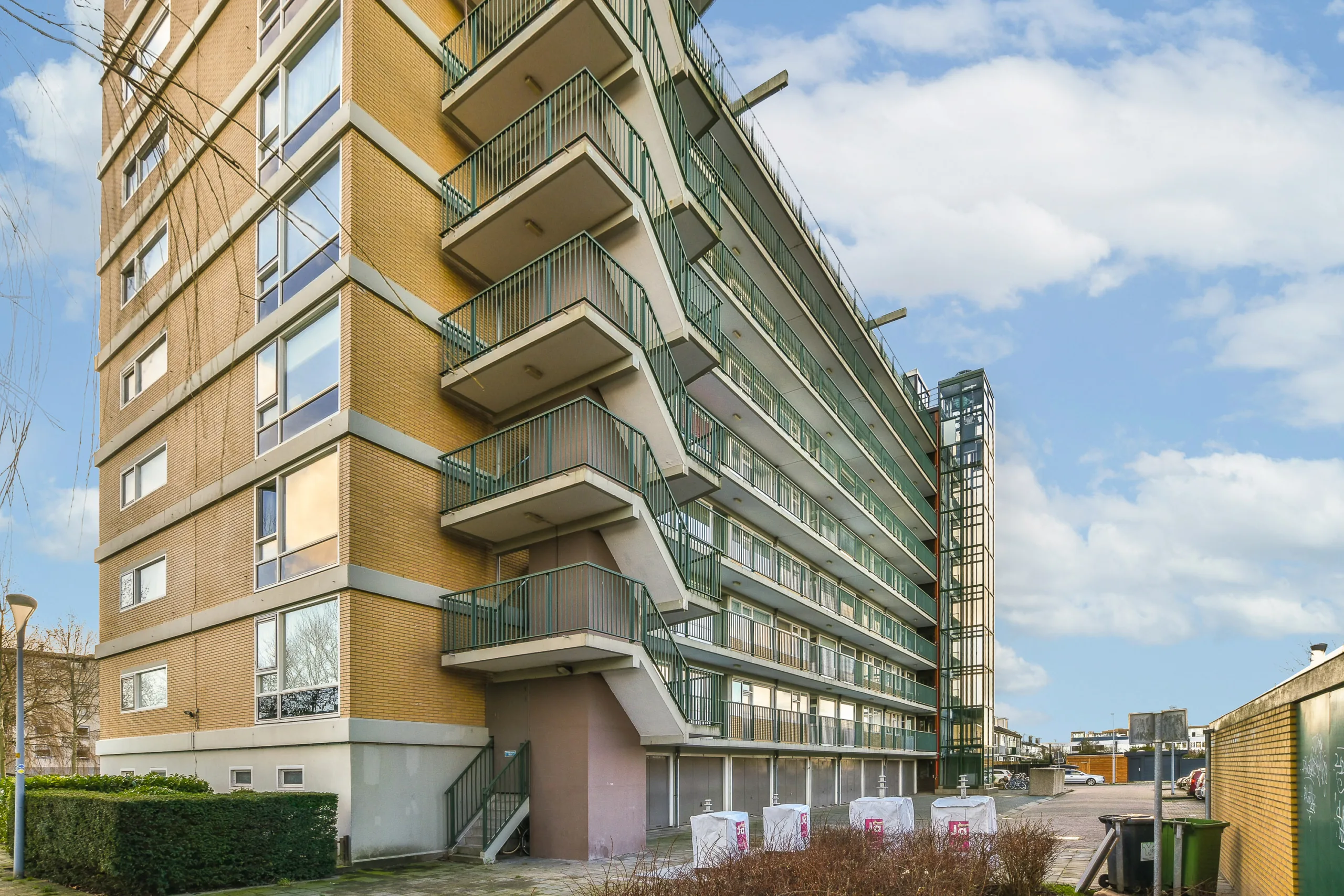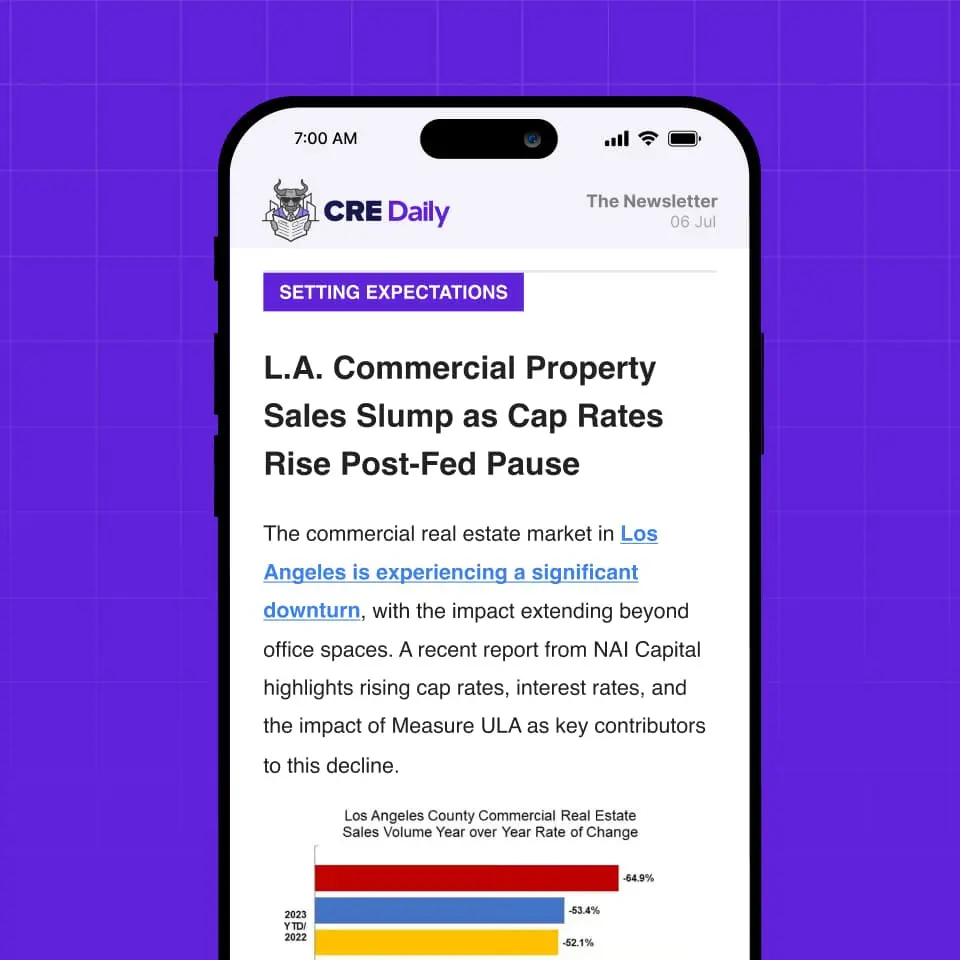- Houston’s office vacancy rate hit 27.9% in Q1 2025 — second only to San Francisco among major US metros — largely driven by oil industry downsizing and consolidation.
- Over $450B in oil and gas mergers since 2023 have left behind empty towers, with companies shedding campuses and reducing office footprints.
- Aging buildings from the 1980s oil boom now face high distress rates and dwindling relevance in a market favoring new, amenity-rich developments.
Despite political calls to reinvigorate US fossil fuel production, the energy capital of Houston is grappling with a starkly different reality, reports Bloomberg. The city’s office market, once a reflection of oil-fueled prosperity, is now contending with sky-high vacancy rates, corporate consolidations, and a glut of outdated buildings no longer suitable for modern occupiers.
Energy’s Shifting Footprint
A wave of consolidation has swept through Houston’s energy sector — more than $450B in deals since 2023 — leading to widespread layoffs and reduced office needs. As energy companies grow leaner, sprawling corporate campuses have become liabilities. ConocoPhillips is marketing Marathon Oil’s relatively new 15-story headquarters, and after its merger with Chesapeake Energy, Southwestern Energy’s former towers in Spring have partially emptied.

Aging Inventory, Mounting Distress
More than half of Houston’s office stock was built in the 1980s — an era of oil-driven optimism. Today, these buildings are the hardest to lease. Experts estimate about 30% of this vintage inventory is in financial distress, and many are likely facing obsolescence. The TC Energy Center, once a hallmark of 1980s grandeur, has seen its value fall by nearly 30% since 2019 and occupancy drop to 65%.
Get Smarter about what matters in CRE
Stay ahead of trends in commercial real estate with CRE Daily – the free newsletter delivering everything you need to start your day in just 5-minutes
A Tale Of Two Markets
Houston’s sprawling development model — lacking zoning laws and favoring suburban expansion — encourages building new rather than repurposing old. As a result, modern offices like those in CityCentre or The Woodlands fill quickly, while outdated towers linger vacant. About 25% of Houston’s 185M SF of office inventory qualifies as top-tier, and that segment continues to attract interest.
What’s Not Coming Back
Some buildings, like ExxonMobil’s former headquarters in downtown, may be past the point of return. While one tower was recently demolished, others remain as costly relics — standing but functionally obsolete. “Many of the buildings that have been perfectly good buildings are going to fade into the dark,” said Cushman & Wakefield’s Eric Siegrist. “Somebody’s going to lose money on that.”
Why It Matters
Houston’s real estate distress highlights the deep ties between local markets and their dominant industries. Despite diversification efforts, energy still occupies roughly one-third of the city’s large office footprint. As oil companies pursue efficiency over expansion, Houston faces an uphill battle to repurpose or replace large swaths of underutilized office space.
What’s Next
Unless major reinvestment or adaptive reuse strategies take root, many older Houston office buildings could face demolition or permanent vacancy. As oil and gas remain cyclical, the city’s real estate market may continue to ride out waves of volatility, with fewer safety nets for aging assets.

















